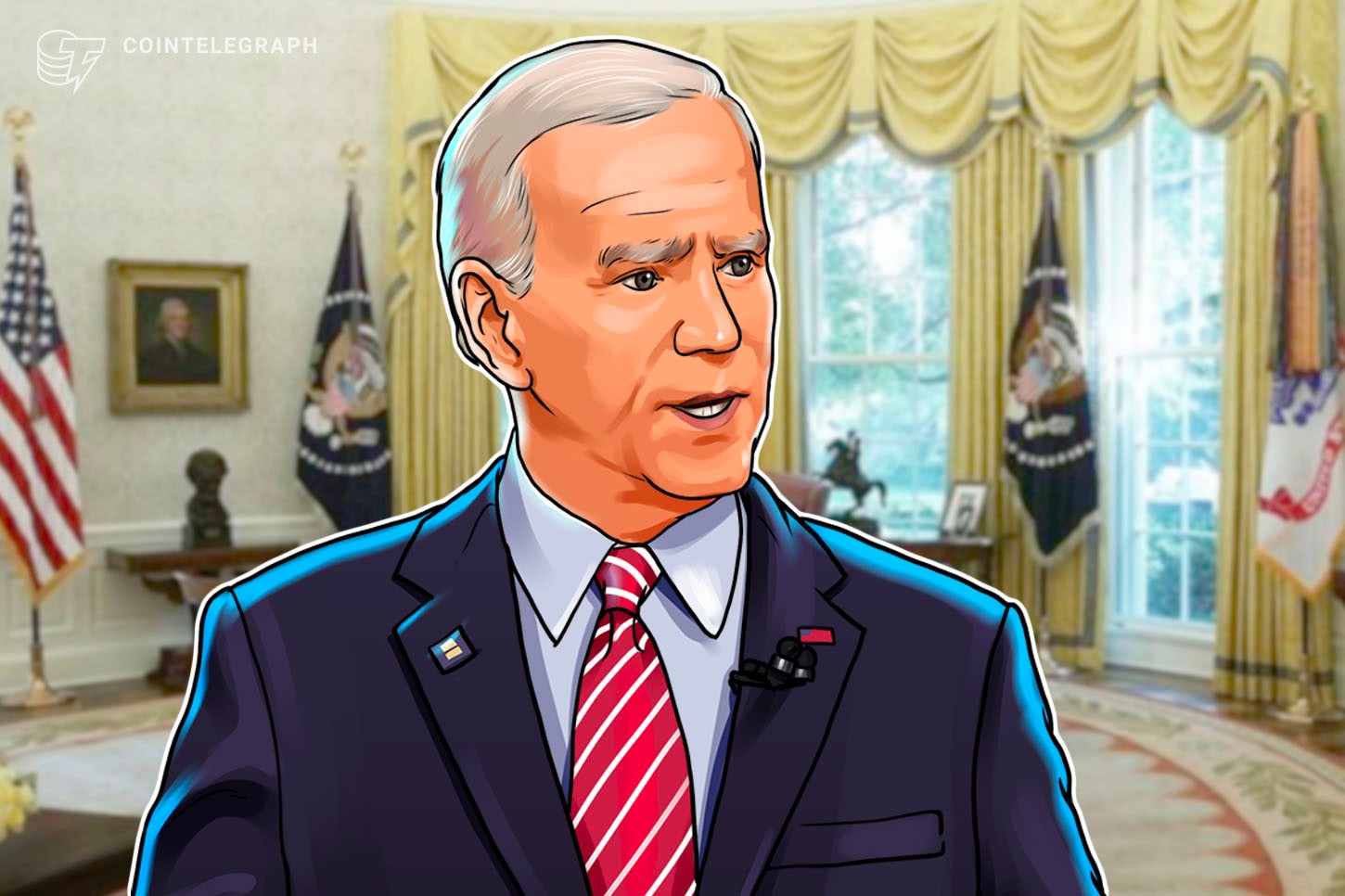The White House has reportedly begun interviews with possible candidates to fill the empty seats on the board of governors of the Federal Reserve System in 2022.
According to a Wednesday report from Bloomberg citing people familiar with the matter, U.S. President Joe Biden is considering qualified candidates including Federal Reserve Bank of Atlanta President Raphael Bostic, former Consumer Financial Protection Bureau director Richard Cordray and Duke University law professor Sarah Bloom Raskin to take over positions from Fed board members leaving in early 2022. Others under consideration reportedly include a former Treasury Department official under President Barack Obama, Karen Dynan, as well as Valerie Wilson, director of the Program on Race, Ethnicity, and the Economy at the Economic Policy Institute.
The U.S. president has already announced he plans to nominate Jerome Powell for a second four-year term as Fed chair starting in February, with governor Lael Brainard picked to serve as vice-chair after the departure of Richard Clarida. Powell and Brainard assumed positions at the Fed’s board of governors in 2012 and 2014, respectively. Biden announced in November he planned to nominate replacements with a focus on "improving the diversity in the Board’s composition."
There is currently one vacancy in the group of seven governors serving at the Federal Reserve, but Randal Quarles resigned his position effective as of the end of December, while Clarida is expected to leave in January 2022. If nominated by Biden, Bostic, Cordray and Raskin would need to be confirmed by the Senate and would likely serve 14-year terms.
Related: Crypto volatility is not a 'systemic concern' for the Fed, say local presidents
A significant change in the makeup of one of the top financial regulators in the United States could have an impact on how the government looks at cryptocurrencies. During his time with the Fed, Powell has weighed in on the possible rollout of a digital dollar while Quarles said that federal agencies needed to consider the right regulatory approach before creating a framework to oversee the crypto market.


